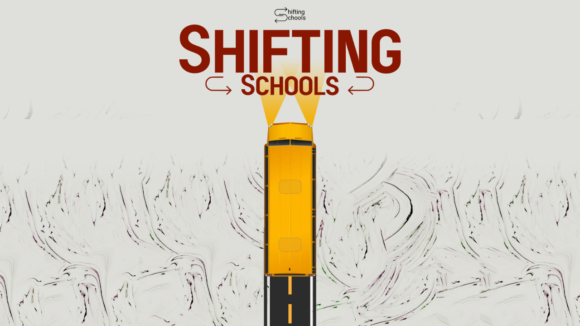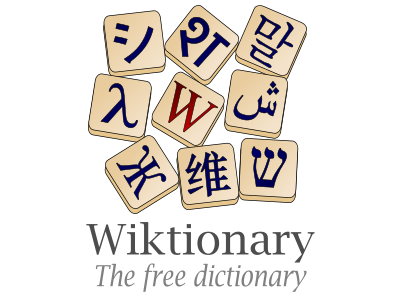
Wiktionary in the EAL Classroom
My favorite part of the CoETaIL program that Kim and I run is coming up this semester. The 5th and final course for the certificate includes teachers having to apply what they’ve learned in the first 4 courses in their classroom.
 Last week I met with Donna Hurst one of our EAL and IB TOK teachers and we hashed out a plan to use technology in meaningful ways with her 12th grade EAL students.
Last week I met with Donna Hurst one of our EAL and IB TOK teachers and we hashed out a plan to use technology in meaningful ways with her 12th grade EAL students.
We settled on having the students study and learn vocabulary words not by looking up definitions in a dictionary, but instead by helping to create the dictionary itself. Donna found Wiktionary the sister site to the ever so popular Wikipedia. Within Wiktionary there is a section called Simple Wiktionary that is for English Learners. I love their tips for writing:
- Keep it simple - Simple pages will be easier to read by people who do not speak English well. But that does not mean the definition has little content!
- Write good pages - The best dictionary pages are clear and have enough detail to help the user understand and use the word. See also Wiktionary:Entry layout explained
- Use the pages - These pages help people learn English. You may use pages from this Wiktionary to make pages in a different language. But you have to translate it to your own language yourself.
- Be bold! - Be bold in creating new entries. It does not have to be perfect, because other editors can make it better. Just don’t be afraid to start new entries yourself.
A perfect place for English Language Learners to not only learn…but add value back to the Internet.
Even better yet was the fact that Simple Wiktionary uses the Academic Word List. The same list our students use and would be choosing their words from.
After we found the site we then starting thinking about how we could adapt the lesson to fit. Instead of having students do all the work, they would be reading the word page, assessing the content on it, finding out what was missing, and then improving the page. One common thing we found missing on all the pages was a sentence using the word. So, the students would write sentences using the word, we then found that some of the ways the students were using the word in the sentence wasn’t the same definition that was on the page, which meant that student would then have to add a new definition to the word. How about a picture, synonyms or related words? What I like about this project is that all of the pages are at different stages so the students have to assess the content of the page, and then add to it in a meaningful way and see if their changes stick.
Donna has set up an RSS feed for each of her students accounts on Wiktionary so every change they make she knows about, can check out and support them in their efforts.
Overall…..a pretty cool and different way to do vocabulary…..even for a 12th grader.






